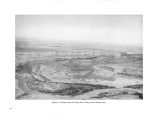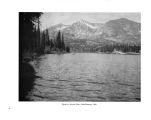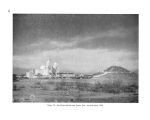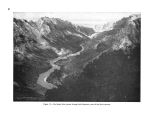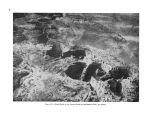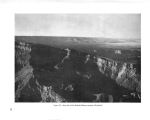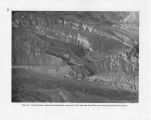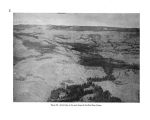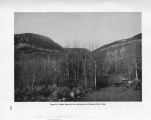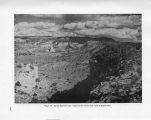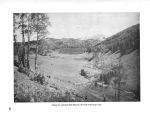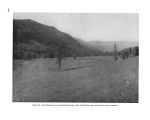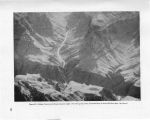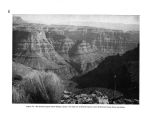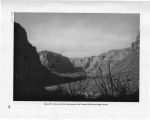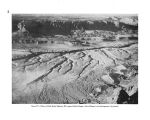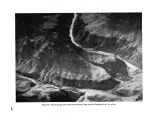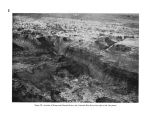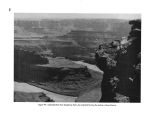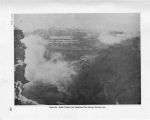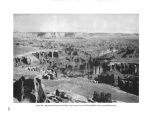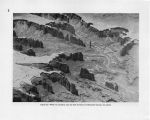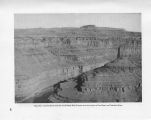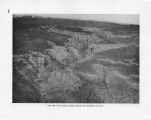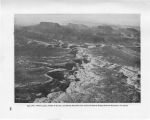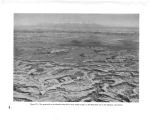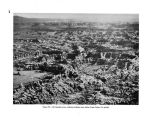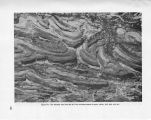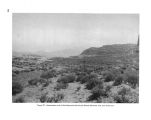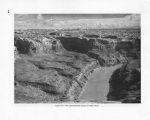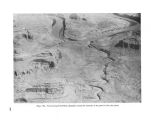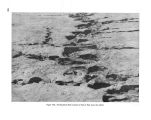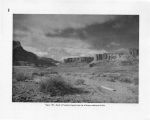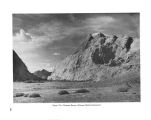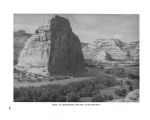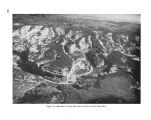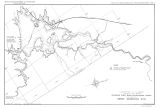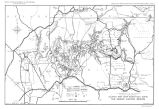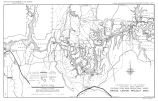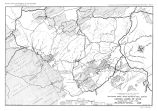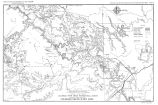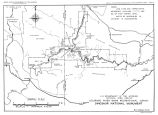| OCR Text |
Show way 20, crosses the east side of the area. It is the most scenic drive in southeastern Utah. Between Escalante and Boulder, the road crosses the Esca- lante River Canyon and runs along the top of narrow ridges between deep, sheer- walled canyons and provides exceptional views of the colorful desert canyon lands and the high forested plateau. Between Boulder and Torrey the road climbs over the east side of Boulder Mountain. Deep snow makes this section of the road impassable in winter. 3. Monument Valley, intersected by the Utah- Arizona line, is in the north central section of the Navajo Indian Reservation. Utah State Highway 47 crosses the area on its way from Mexican Hat to Kayenta, Ariz. The comparatively level plain rises from altitudes of about 5,000 feet to 5,700 feet at Monument Pass. Individual buttes rise to heights nearly 1> 000 feet above the plain. Monument Valley is the result of a stupendous erosion process that has left weird, wind- blown monoliths, spires, and totem poles standing hundreds of feet above the vast vivid- hued desert floor. Clouds, shadows, and moonlight transpose the forms and colors to create phantasies that are overwhelming. It is an area that should be retained in its desert wilderness character unspoiled by the evidences of modern civilization. 4. Nine Mile Canyon, northeast of Price, contains valuable prehistoric ruins and picture writings. Four types of Pueblo houses have been found here. The area is approached over State Road 53 which leaves United States Highway 50, 10 miles east of Price. 5. Poncho House, located about 15 miles east of Monument Valley, is one of the major cliff dwelling villages in the Southwest. 6. Westwater Ruins, 5 miles southwest of Bland- ing, and easily accessible, contain ancient cliff dwellings and an attractive site for picknicking. 7. The Old Cotton Mills at Washington near St. George is a well- preserved building, erected in 1866 for spinning " Dixie Cotton" in the early days of Utah history. NEW MEXICO 1. Manuelito National Monument Project, bordering the Santa Fe Railroad and United States Highway 66 between Manuelito, N. Mex., and Lupton, Ariz., 17 miles southwest of Gallup, N. Mex., is an impressive archeological, geological, and scenic area proposed for inclusion in the National Park System. 2. Gila Primitive Area in southwestern New Mexico is the largest and most beautiful unspoiled wilderness in the Southwest. Elevations extend from 4,500 feet to peaks more than 10,000 feet. The highest peak, Whitewater Baldy, is 10,892 feet high. No settlements are located within the area, but there are several dude ranches. The wilderness area is fairly well provided with trails, but the area as a whole is practically free from improved roads. The outstanding topographic feature of the Gila Primitive Area consists of four deep canyons trenched deep into the eastward- sloping plateau by the Gila River and its three head tributaries. Practically all of the rocks exposed on the surface are of volcanic origin. Perhaps the most striking geologic feature is the great number and variety of erosion forms. The volcanic rock acted upon by water, wind, and frost has produced hundreds of unusual and grotesque shapes. The primitive area contains a number of thermal springs. Eight are classified as warm springs and two as hot springs. The greater part of the area is forested and is preeminently a wildlife country. Large game animals are plentiful and there are many flocks of wild turkey, quail, and other game birds. The canyons are a haven for song birds and the streams teem with trout. There are numerous archeological sites within the area. Gila Cliff Dwellings National Monument, where are preserved spectacular cliff dwellings set in a unique cave in a vertical cliff, is located in the east- central portion of the primitive area. This area has a very livable summer climate with unusually cool nights for its southern location. It has unlimited resources for recreation, study, and research. With proper development, the area could accommodate a large number of visitors without spoiling its primitive character. ARIZONA 1. Coronado International Memorial Project. The act of August 18, 1941, ( 55 Stat. 630), authorizes the President to establish this memorial by proclamation when he has been advised that the 208 |




























